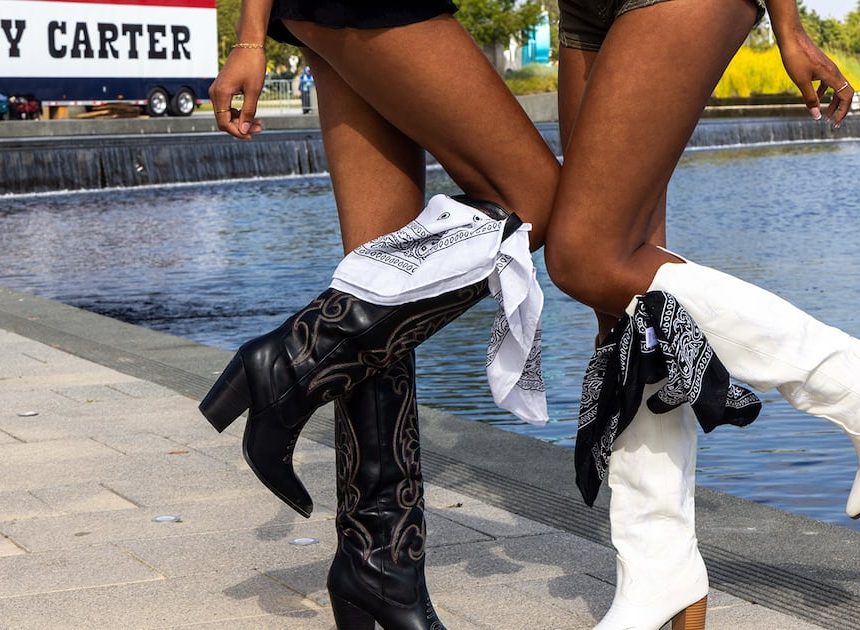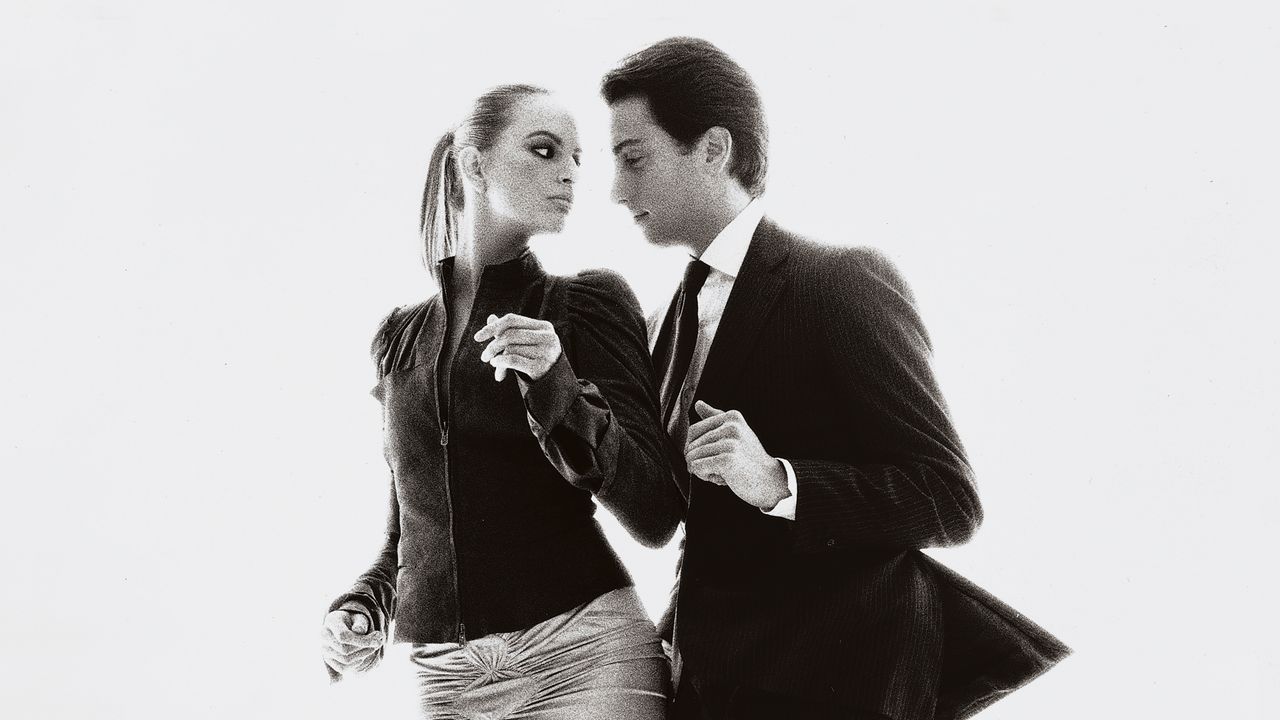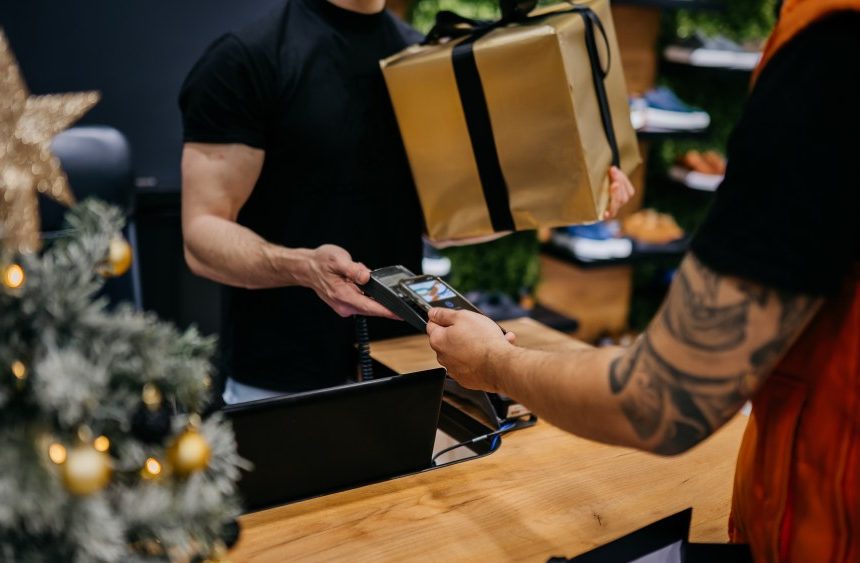As the beauty commerce landscape has rapidly shifted beneath their feet, US drugstores are struggling to find their footing.
Customers who once bought their cosmetics and skincare along with their prescriptions have been poached by big box retailers, or price-slashing platforms like TikTok Shop. This year alone, Walgreens and CVS have closed 500 and 240 locations respectively, while RiteAid announced it would be shuttering all locations after over 60 years in business at the start of October. In the stores that remain open, the beauty selection is strained — with drugstore brands such as Drew Barrymore’s Flower Beauty and Covergirl shuttering or no longer relevant — or under lock and key.
The latter issue — potential drugstore customers increasingly finding cosmetics, skincare and other products locked behind plexiglass as a countermeasure to shoplifters — has proven to be a huge, very literal obstacle. Many consumers who encounter a locked cabinet will simply walk away.
“The challenge isn’t just that items are locked up, it’s also when those products aren’t available at all for the customer to buy, because the store has been impacted by shrink,” said Musab Balbate, chief merchandising officer at CVS.
While US theft is on the rise, according to nonprofits like the Council on Criminal Justice, the woes of US drugstores cannot be pinned on plexiglass alone, especially as the drugstore channel continues to grow in other parts of the world.
Chains in Europe, Asia, and Australia are expanding their beauty offerings, as well as leveraging pharmaceutical expertise as a means to sell skincare, cosmetics, and more. It’s here that the US lags far behind, said Patricia Camden, a managing director at Ernst & Young Americas.
“Drugstores in the US are at an inflection point,” said Camden. “They’ve lost their edge.”
Building a Key Assortment
The drugstore’s success in Europe and Asia paints a contrasting picture to the ailing situation in the US.
In the UK, Boots has seen success across both their retail and pharmacy earnings, reporting 17 consecutive quarters of growth. This can be attributed in large part to investment in its long-term beauty strategy, both via the revamping of its beauty halls and stores, as well as the acquisition of hot-ticket beauty brands.
“We’ve launched over 30 new brands this year with more to come,” said Alice Rafferty, director of luxury cosmetics at Boots. Among those brands are best-selling Australian skincare brand The Breakout Hack, as well Sacheu, the brand behind the viral peel-off lip stain beloved by Billie Eilish and Kim Kardashian. Each was catapulted into physical locations via the Boots Ignite programme, a fast track for viral brands to launch in-store with “minimal commitment,” said Vincent Hickey, chief commercial officer at Sacheu.
“We’ve got data sources that help us really understand what the customers are searching for, and almost predicts what’s going to go well before it does,” said Rafferty.
American drugstores have been slower to expand their ranges and communicate their relevance to younger consumers. In the US, “40 percent of Gen-Z consumers are trying new beauty products monthly, but only 18 percent say that drugstores are where they go to try these products,” said Camden. “That’s a massive, massive disconnect.”
Not only does Boots have what consumers are searching for, they’re able to effectively communicate it through influencer engagement, standalone beauty and fragrance locations and carefully curated pop-ups. At a recent house party themed pop-up, customers lined the block hours before the opening time to get their hands on a goodie bag of new launches, drink bubble tea, and make charm bracelets.
“Boots has elevated their offering, but also the way that they’re looking to connect with younger customers,” said Rachael Wilde, co-founder of The Breakout Hack. “They’re doing a very good job at remaining competitive in that category.”
While CVS did announce the launch of BeautyIRL, a small chain of locations with a beauty first approach, in 2019, the brand seems to have largely moved on from the strategy. “In the right locations, those stores are important, but I think more holistically, we’re looking to create a merchandising assortment that is really relevant for the customer across 75,000 standalone locations,” said Balbate.
The US Drugstore Opportunity
Balbate says there is no easy fix to the ongoing problem of drugstore theft. But pharmaceutical expertise is an area in which Camden thinks US drugstores could be scoring an easy win. “We asked shoppers if they would be more likely to trust beauty products sold in pharmacies, and 65 percent said that they’re more likely to trust beauty products, and specifically skincare that sold in a pharmacy,” she said. “That’s not just a competitive advantage. That’s a moat around the business.”
Boots has leaned on its pharmaceutical heritage by weaving its in-store chemists into new launches, one of the draws that attracted Wilde to launching with the brand. “They’re an incredible retailer with incredible reach, but for where we wanted to be positioned, we wanted to have that trusted healthcare professional in store.”
Korean drugstores have also tapped the channel. After closely analysing user behaviour and global beauty trends, South Korean travel service Creatrip added a dedicated pharmacy tab in August 2025, says Creatrip CEO Haemin Yim. It now sees roughly 10,000 users per day, with tourists seeking “professional guidance, rather than just product listings.”
Besides scientific expertise, US drugstores also have another powerful tool at their disposal: the shoppers already in store. Consumers in the US still regularly visit drugstores for blood work, flu shots, and weight consultations, and Camden says that in locations offering those services, there is often a noticeable increase in basket size.
“What pharmacies can do that platforms like Amazon can’t, is they can deliver trust. They can deliver human connection,” says Camden.
US drugstores will need to make upgrades to their beauty offerings, bringing in both viral brands that consumers are keen to try in-store, as well as scientifically-backed, dermatological skincare. To succeed, they also must emphasise their value relative to competitors like TikTok Shop.

“We’re a great location with really fantastic deals, and we know there’s an opportunity to continue to simplify that so customers can make deal hunting more fun,” said Bulbate, who added CVS will be working on adding “interesting, trending” brands in store. “At the end of the day we sell things, and so we need to make sure our selection is really exciting.”
Sign up to The Business of Beauty newsletter, your complimentary, must-read source for the day’s most important beauty and wellness news and analysis.


